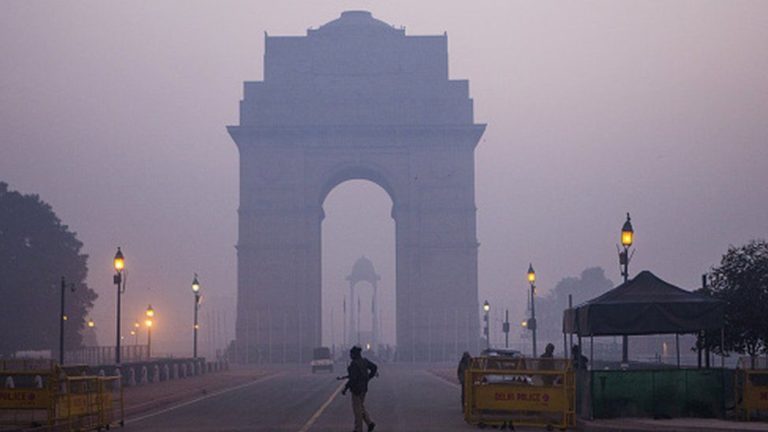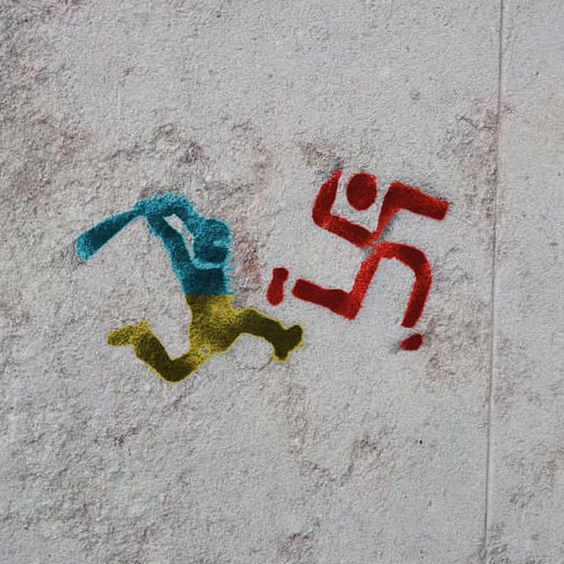
Vladimir Vladimirovich Putin‘s resume of war
1999-2000 Two weeks after Putin succeeded Yeltsin as PM apartment bombings started in Moscow, Putin blamed Chechen terrorists, but even though two suspects turned out to be FSB agents in the Ryazan case. Grozny was put in ruins and Putin became the strong man in 2000 by 53%.
It all sounded shady. But the military planes were already raising Grozny to the ground. Successful invasion that followed changed the electoral balance completely. In August 1999 2% voters would vote for Putin, in 2000 – 53% did. Russian people love victorious wars pic.twitter.com/NkpS9fDASj
— Kamil Galeev (@kamilkazani) February 24, 2022
1992-1993 #Abkhazia The War in Abkhazia was fought between Georgian government forces for the most part and Abkhaz separatist forces, Russian government armed forces, and North Caucasian militants between 1992 and 1993.
2008 #Georgia The Russo-Georgian War was a war between Georgia, Russia, and the Russian-backed self-proclaimed republics of South Ossetia and Abkhazia. The war took place in August 2008 following a period of worsening relations between Russia and Georgia, both formerly constituent republics of the Soviet Union. The fighting took place in the strategically important Transcaucasia region. It is regarded as the first European war of the 21st century (!)
2014 #Ukraine The Russo-Ukrainian War is an ongoing armed conflict that started in February 2014, primarily involving Russia and pro-Russian forces on one hand, and Ukraine on the other. The war initially centered on the status of Crimea and parts of the Donbas, which are internationally recognized as part of Ukraine.
2015 #Syria The Syrian civil war is an ongoing multi-sided civil war in Syria fought between the Syrian Arab Republic led by Syrian President Bashar al-Assad (supported by domestic and foreign allies) and various domestic and foreign forces that oppose both the Syrian government and each other, in varying combinations.
2022 #Ukraine full invasion
2023?
Background from Global Conflict Tracker at Counsil on Foreign Relations
The crisis in Ukraine began with protests in the capital city of Kyiv in November 2013 against Ukrainian President Viktor Yanukovych’s decision to reject a deal for greater economic integration with the European Union. After a violent crackdown by state security forces unintentionally drew an even greater number of protesters and escalated the conflict, President Yanukovych fled the country in February 2014.
In March 2014, Russian troops took control of Ukraine’s Crimean region, before formally annexing the peninsula after Crimeans voted to join the Russian Federation in a disputed local referendum. Russian President Vladimir Putin cited the need to protect the rights of Russian citizens and Russian speakers in Crimea and southeast Ukraine. The crisis heightened ethnic divisions, and two months later pro-Russian separatists in the Donetsk and Luhansk regions of eastern Ukraine held a referendum to declare independence from Ukraine.
Violence in eastern Ukraine between Russian-backed separatist forces and the Ukrainian military has by conservative estimates killed more than 10,300 people and injured nearly 24,000 since April 2014. Although Moscow has denied its involvement, Ukraine and NATO have reported the buildup of Russian troops and military equipment near Donetsk and Russian cross-border shelling.
In July 2014, the situation in Ukraine escalated into an international crisis and put the United States and the European Union (EU) at odds with Russia when a Malaysian Airlines flight was shot down over Ukrainian airspace, killing all 298 onboard. Dutch air accident investigators concluded in October 2015 that the plane had been downed by a Russian-built surface-to-air missile. In September 2016, investigators said that the missile system was provided by Russia, determining it was moved into eastern Ukraine and then back to Russian territory following the downing of the airplane.
Since February 2015, France, Germany, Russia, and Ukraine have attempted to broker a cessation in violence through the Minsk Accords. The agreement includes provisions for a cease-fire, withdrawal of heavy weaponry, and full Ukrainian government control throughout the conflict zone. However, efforts to reach a diplomatic settlement and satisfactory resolution have been unsuccessful.
In April 2016, NATO announced that the alliance would deploy four battalions to Eastern Europe, rotating troops through Estonia, Latvia, Lithuania, and Poland to deter possible future Russian aggression elsewhere in Europe, particularly in the Baltics. These battalions were joined by two U.S. Army tank brigades, deployed to Poland in September 2017 to further bolster the alliance’s deterrence presence.
Ukraine has been the target of a number of cyberattacks since the conflict started in 2014. In December 2015, more than 225,000 people lost power across Ukraine in an attack, and in December 2016 parts of Kyiv experienced another power blackout following a similar attack targeting a Ukrainian utility company. In June 2017, government and business computer systems in Ukraine were hit by the NotPetya cyberattack; the crippling attack, attributed to Russia, spread to computer systems worldwide and caused billions of dollars in damages.
Security assistance to Ukraine increased further during the Donald Trump administration, alongside continued pressure on Russia over its involvement in eastern Ukraine. In January 2018, the United States imposed new sanctions on twenty-one individuals, including a number of Russian officials, and nine companies linked to the conflict. In March 2018, the State Department approved the sale of anti-tank weapons to Ukraine, the first sale of lethal weaponry since the conflict began. In October 2018, Ukraine joined the United States and seven other North Atlantic Treaty Organization (NATO) countries in a series of large-scale air exercises in western Ukraine. The exercises came after Russia held its annual military exercises in September 2018, the largest since the fall of the Soviet Union.
While the armed conflict in eastern Ukraine transitioned to a stalemate after it first erupted in early 2014, shelling and skirmishes still regularly occur, including an escalation of violence in the spring of 2021.
In October 2021, Russia began moving troops and military equipment near the border with Ukraine, reigniting concerns over a potential invasion. Commercial satellite imagery and social media posts from November and December 2021 showed armor, missiles, and other heavy weaponry moving toward Ukraine with no official explanation. By December, more than one hundred thousand troops were in place near the border and U.S. intelligence officials warned that Russia may be planning an invasion of Ukraine in early 2022.
In mid-December 2021, the Russian foreign ministry issued a set of demands which included a ban on Ukraine entering the North Atlantic Treaty Organization (NATO) and a reduction of NATO troops and military equipment in eastern Europe in order for its military forces to be withdrawn. The United States and other NATO allies rejected these demands and have warned Russia of retaliation if Ukraine is invaded, including economic sanctions, and other assistance has been deployed to Ukraine, including small arms and other defensive weaponry.
In early February, Biden ordered nearly three thousand U.S. troops to bordering NATO countries Poland and Romania. The Biden administration has said the deployment is intended to be temporary and that U.S. troops will not enter Ukraine. Satellite imagery showed the largest deployment of Russian troops to its border with Belarus since the end of the Cold War. Tensions remain high as negotiations between Russia and the United States and other European powers–including France and Germany–continue without any apparent progress toward a formal agreement.




1 Comment
Pingback: Russian losses in Ukraina "special military operation" - Bergensia